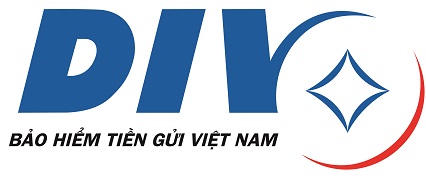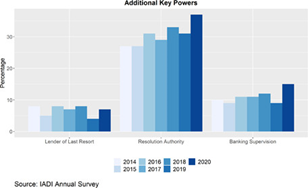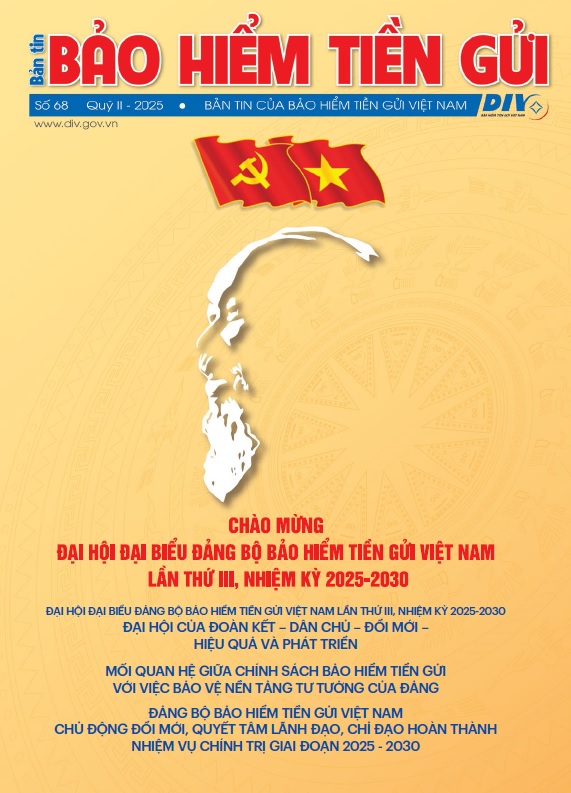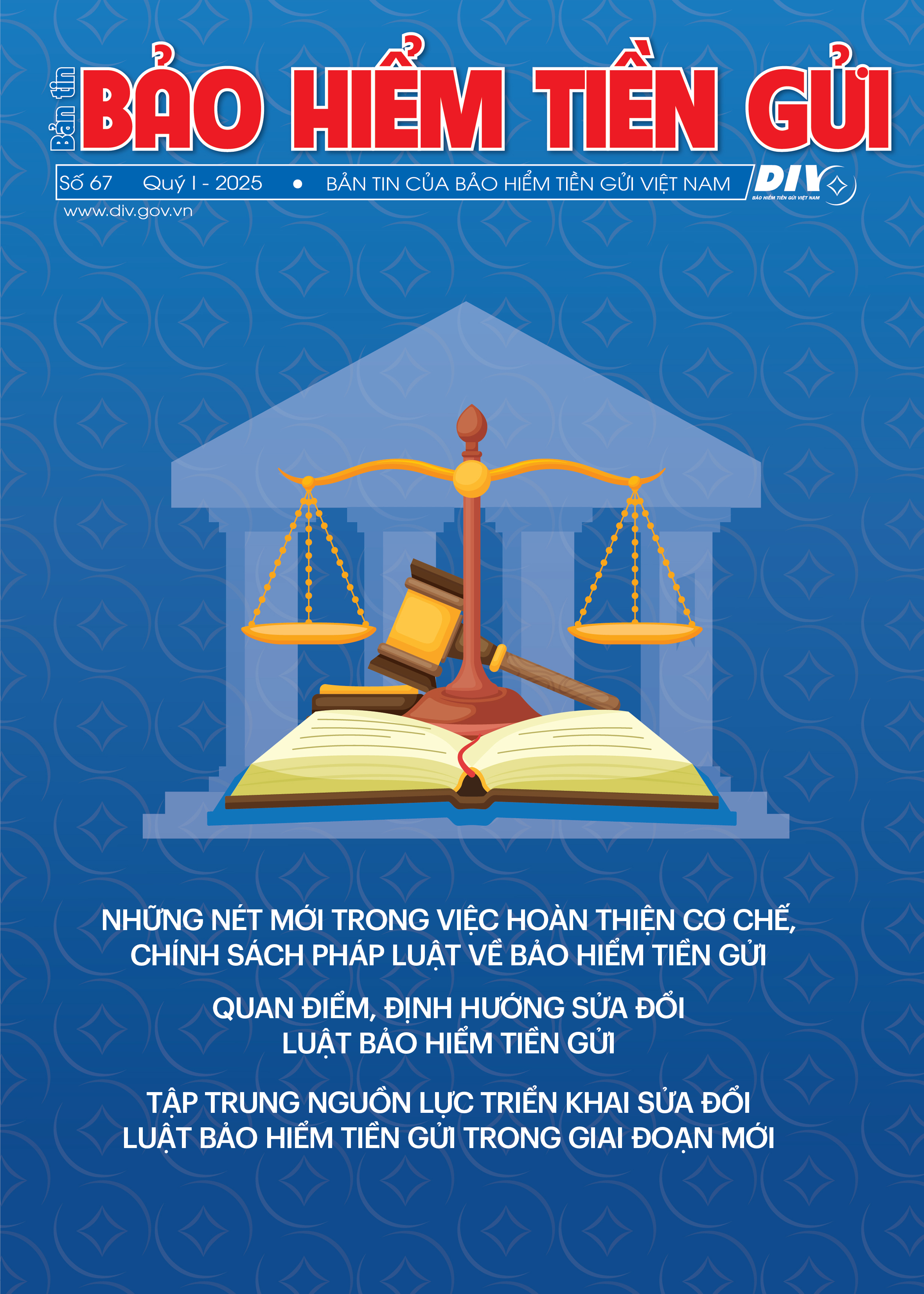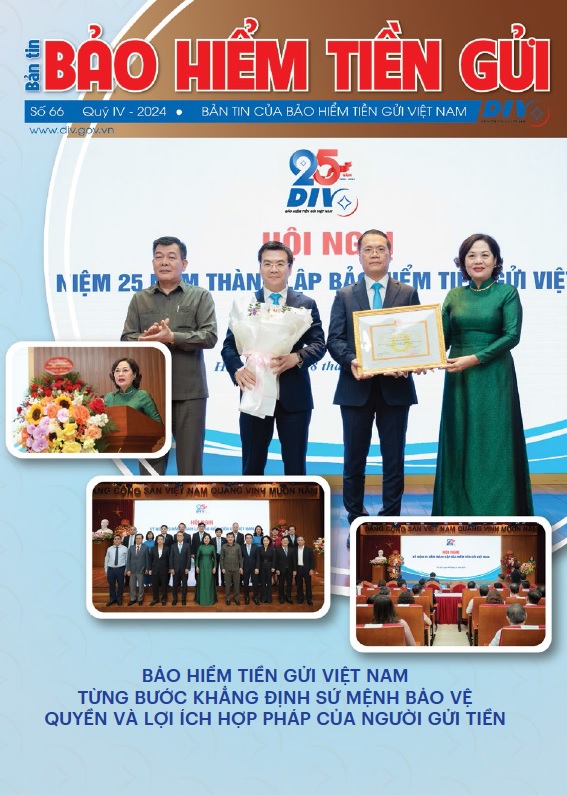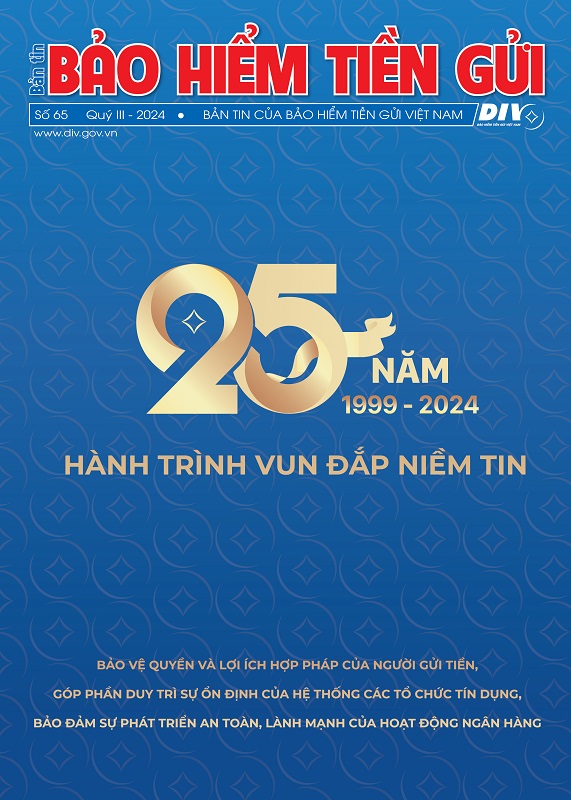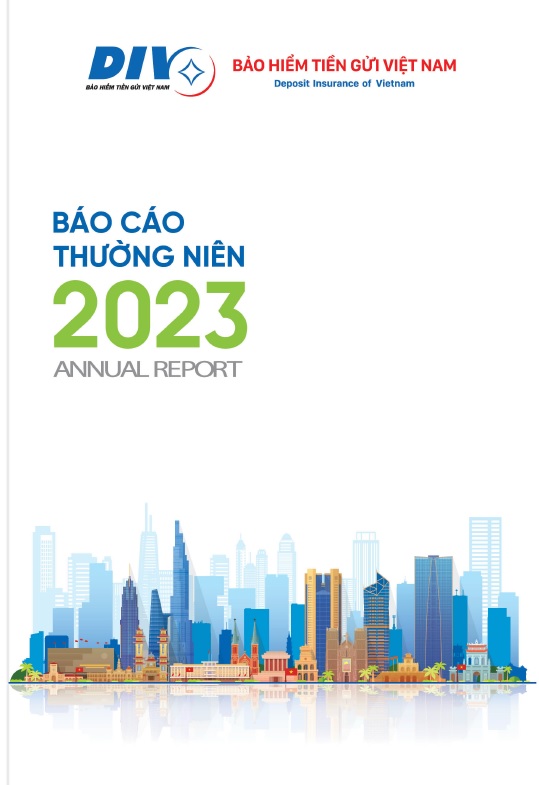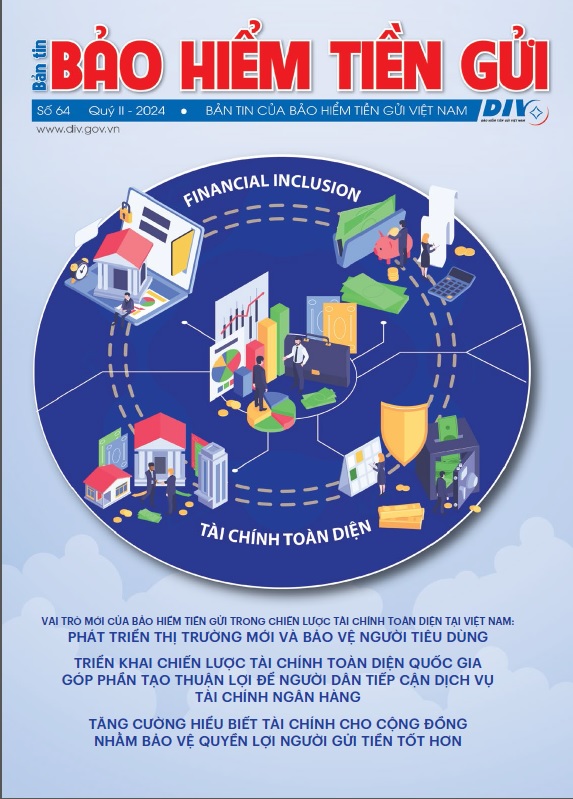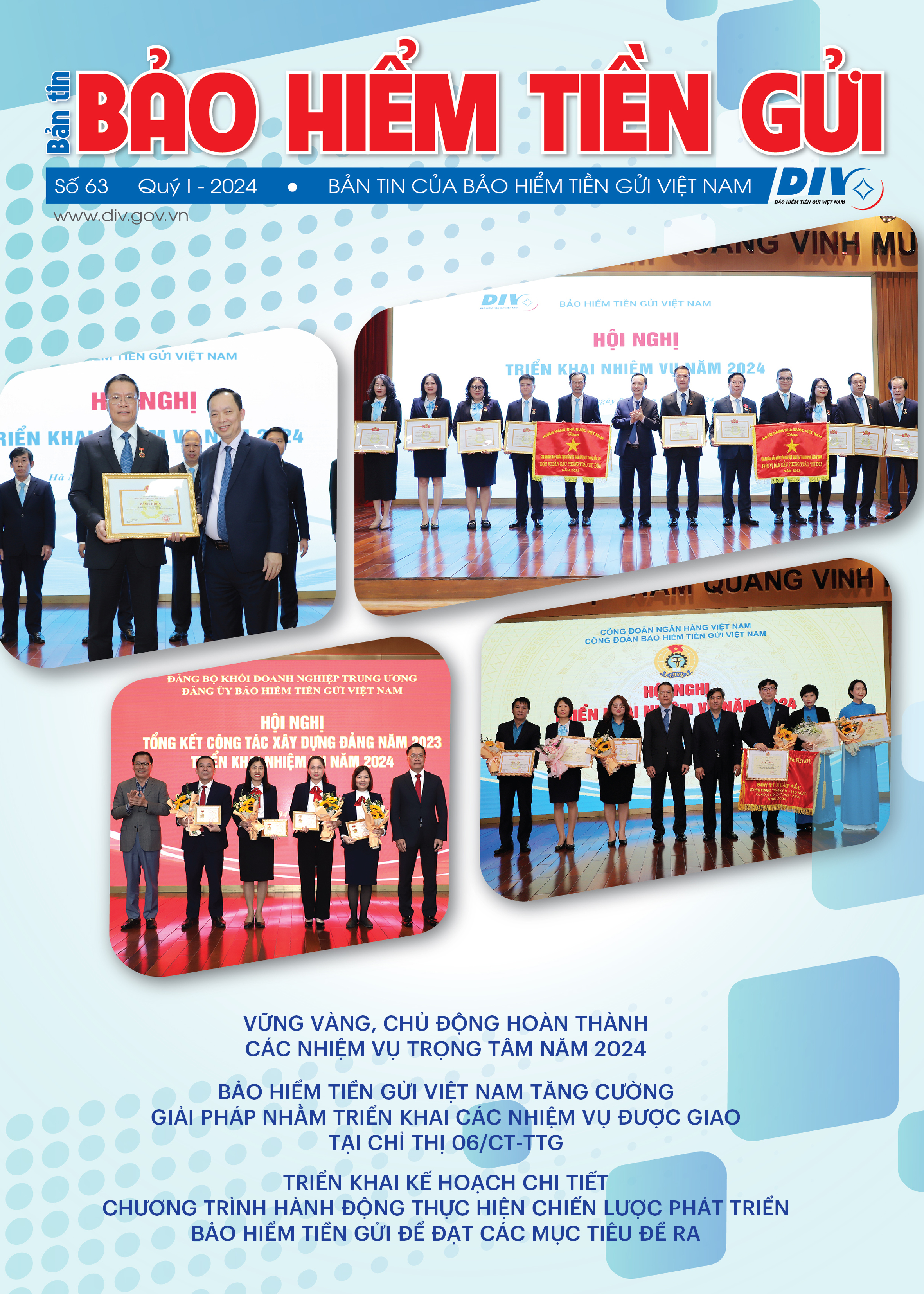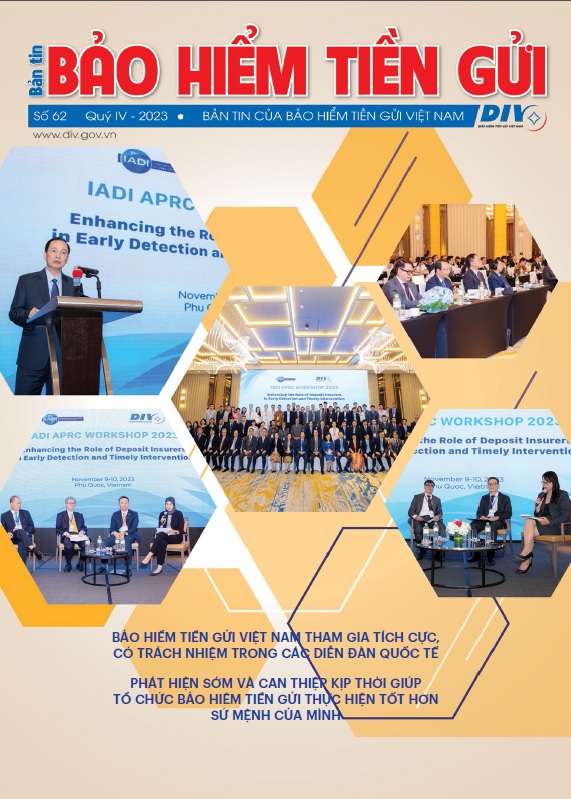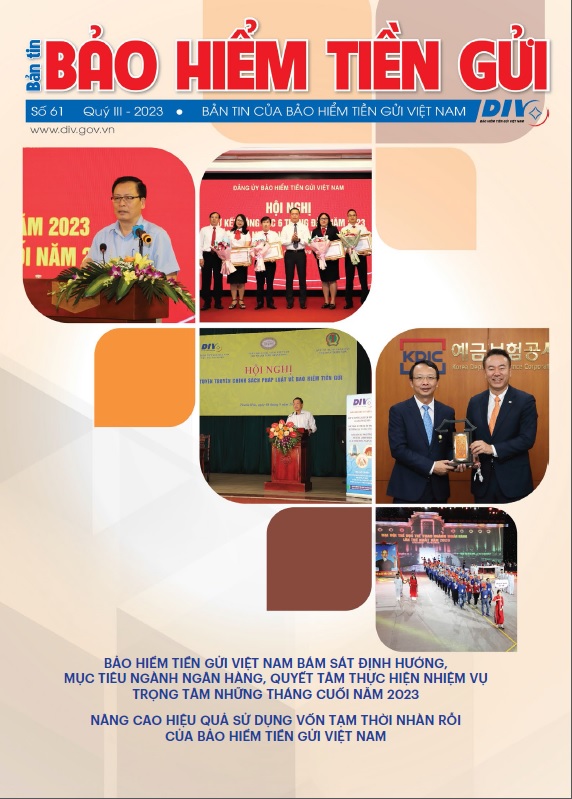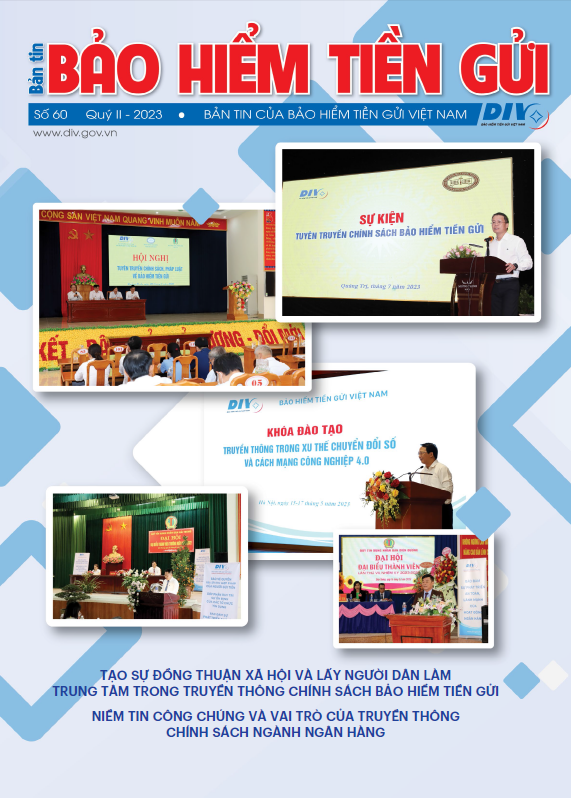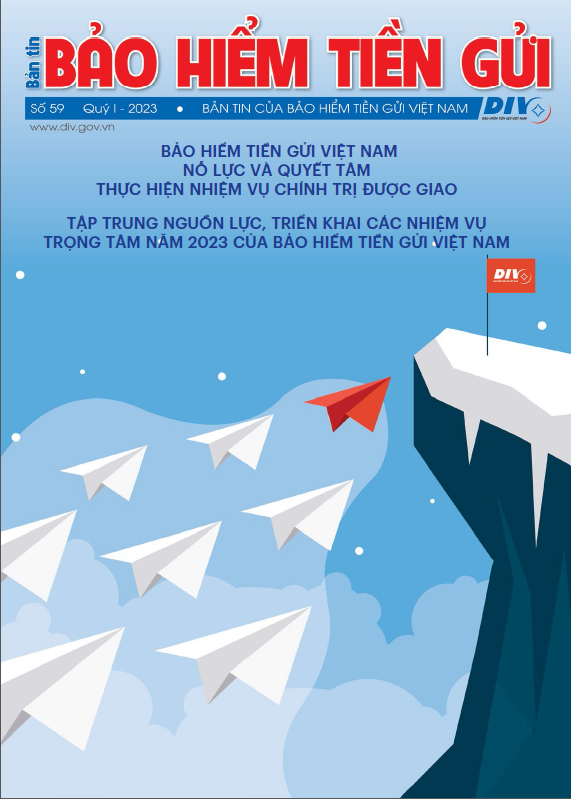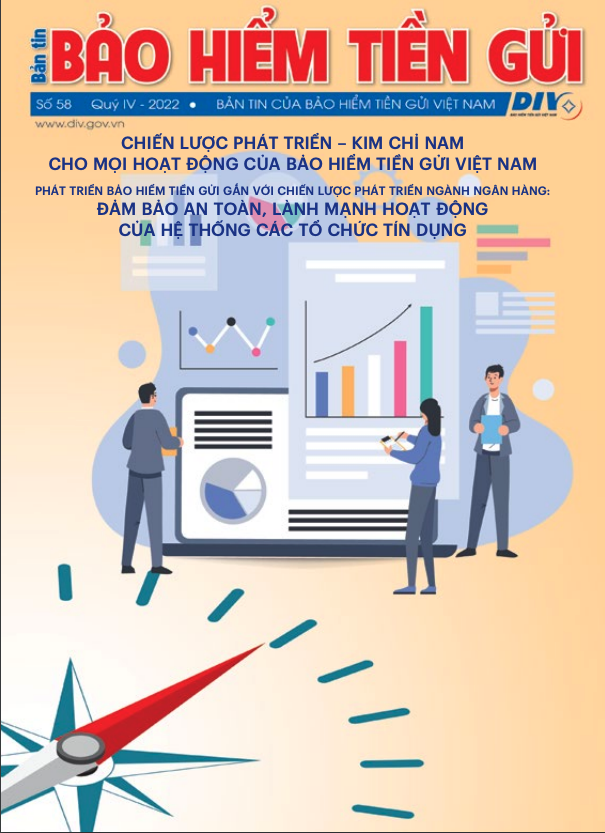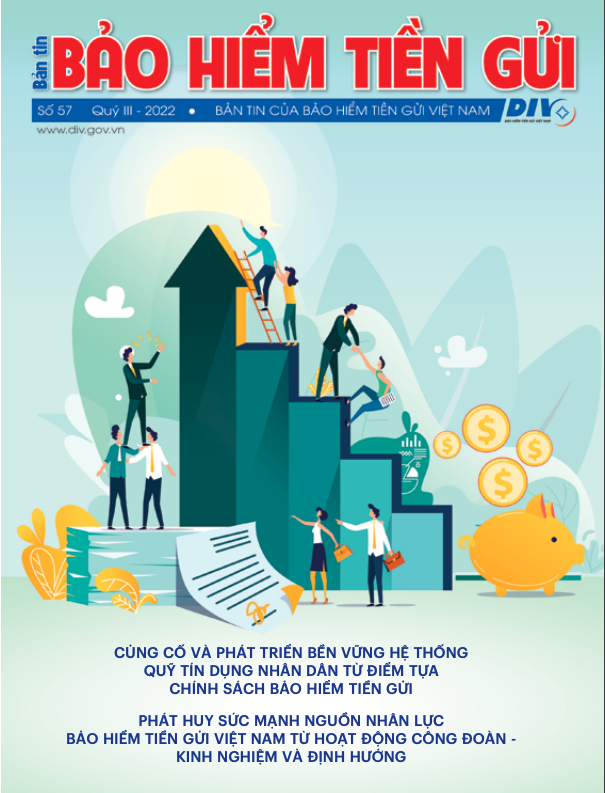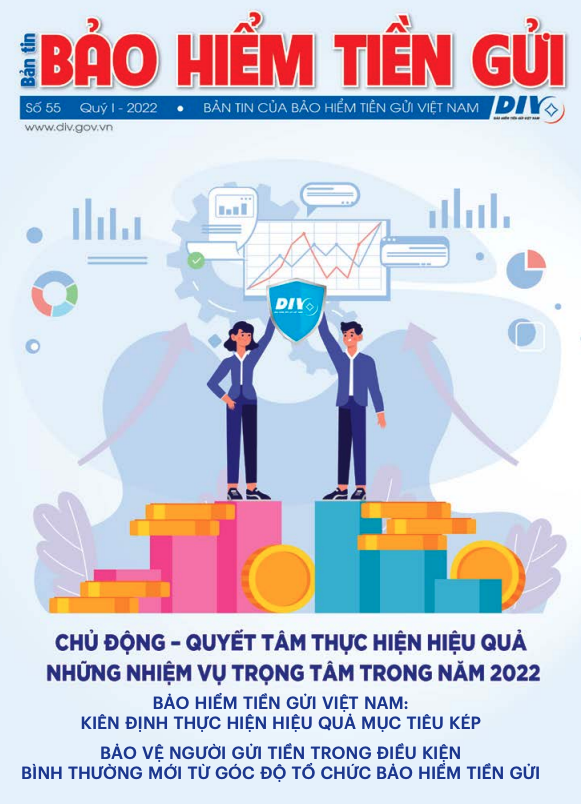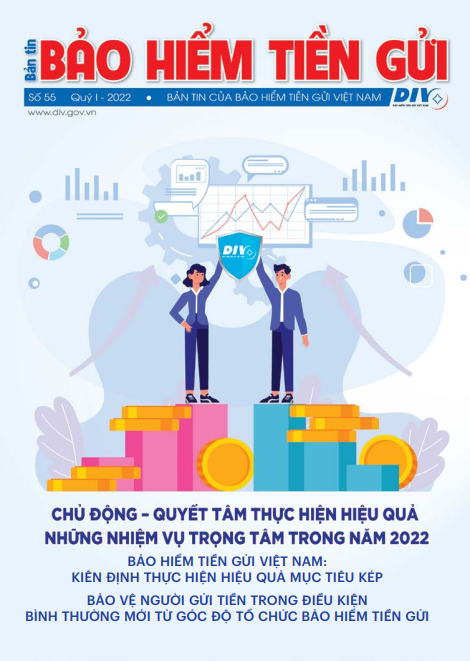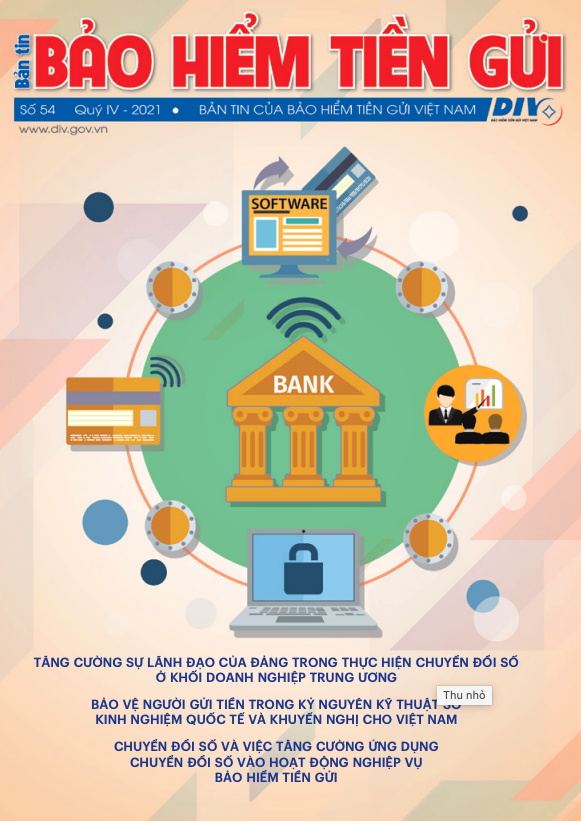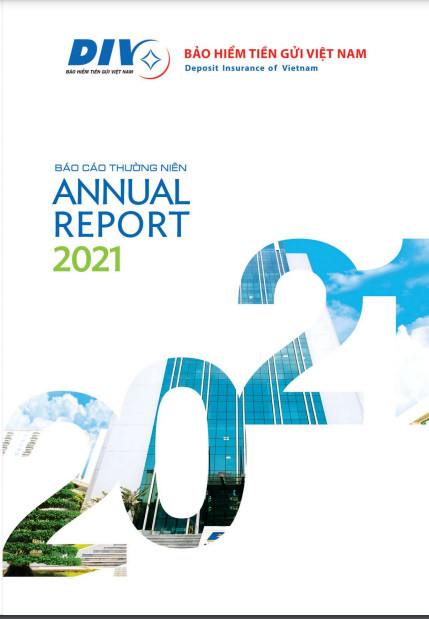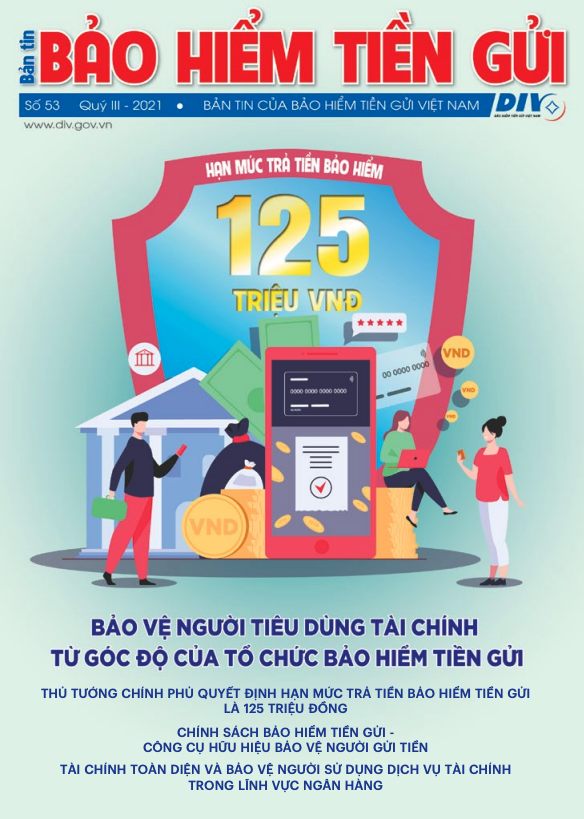Social media
Social media is a platform for broadcasting information that facilitates the sharing of ideas and content via virtual social networks. Social media is built on the internet platform and provides its consumers with electronic communication services.The communication contents include personal data, documents, videos, and photos. Social media consumers take their parts via computers, tablets, or smartphones with software applications or websites.
Social networks usage in Vietnam
The Vietnam Digital Report in 2023 published by WeAreSocial (a global social networks analysis company) recorded that as of January 2023, the social network users in Vietnam numbered 70 million, with 64.4 million out of that aged 18 and over, accounting for 89% of the total population aging 18 and over by that time.
Over recent years, the number of social network users has concentrated to increase rapidly. At present, Vietnam joins the group of countries with a high ratio of the population using social networks and high growth of user numbers. specifically, the annual growth rate of user numbers in 2022 was recorded at 6.9%. Notably, users were most interested in updating news (57.1%) when accessing social networks. Experts suppose this is an ideal ratio for any mode of communication and reflects the huge potential of social networks for communication activity in Vietnam.
Advantages and Benefits of Social Media
Social media is becoming the leading favorite means of communication for corporations, businesses, and non-profit organizations, enabling them to quickly and effectively reach a wide audience, potential customers, partners, and more.
Unlike traditional print media (magazines, newspapers ) and traditional electronic media such as television and radio, which are mostly one-way communication channels with slow transmission time and lack of interaction with the audience, social media provides rapid access to more complex information. Social media allows everyone to engage, share information, and create a multidimensional information environment with diversified content.
Application of social media in DI communicating policy
In Vietnam, communication of DI policy plays a vital role in not only introducing the DI policy into daily life, building the image within the community, but also enhancing public trust in the financial and banking system, contributing to stable economic and social development.
With the goal of having 45% of depositors understand the core contents of the DI policy by 2025 and 55% by 2030, the DIV needs to actively promote its communication activities to increase depositors' awareness of the DI policy.
The application of social media in DI policy communication is an activity that needs to be promoted with many practical benefits for the DIV. However, to take advantage of the benefits and harness the positive aspects of social media, a suitable channel must be chosen, information security-enhanced, professional forces built, and specific rules established.
Firstly, choose appropriate social media platforms.
The current popular forms of social networks can be applied to policy communication, such as live streams (live broadcasting on social networks), targeting ads (delivering messages to desired groups), and creating communication content suitable for the tastes and ways of receiving information of the online community (creating and sharing video clips, images, or communication contents on Facebook, Youtube, TikTok), utilizing influencers (KOLs) to guide public opinion.
Facebook, YouTube, and Zalo are widely chosen as communication channels by many organizations for their simplicity and popularity. However, each social media platform has its own advantages and different operating methods. Therefore, it is essential to choose a suitable social media platform based on the conditions, needs, purposes, and target audience of the organization for effective communication.
Secondly, build a professional team responsible for producing content specifically for social media.
It is necessary to build and train a professional team with excellent skills in using social media as an official communication channel to use social media effectively. This team is in charge of building and maintaining social media platforms that are suitable for the organization and the target audience.
With a professional team, it is crucial for the organization to regularly develop unique content for its channel instead of merely reposting news or sharing links from other websites. It is necessary to adhere to the following factors to make policy communication on social media effective:
- Online audience's appetite: online audiences tend to be fond of short news with infographics, images, videos… and dislike abstract theoretical matters.
- Information supply: the information should be precise and official, selective, practical and clearly beneficial, and useful to the development of the society and community.
- Transmission mode: The communication should be concise, easy to understand, remember, and attractive with words suitable to internet users. The information should be easily shown and spread in various forms of documents, images, videos...
Thirdly, establish a code of conduct on social media.
For every organization, each employee is a subject of the DI policy communication on social media.Therefore, it is essential to develop a code of conduct on social networks that aligns with the nature of the organization's information.Additionally, this code of conduct assists employees in identifying and expecting potential during their use of social media for policy communication,allowing them to make appropriate statements and encouraging their active involvement in policy communication activities.
Finally, enhance information security
Policy communication via social media is highly engaging and spreading, but it requires thorough preparation and tight management to avoid communication risks. On the technical aspect, it is crucial to manage a technological system, secure the network transmission, protect information gateways and electronic information portals, strengthen safety measures, and control online information within the organization.
The advantages of social media should be taken in an active, creative, and timely manner to share policy information. This will establish a strong connection between the DIV and the public, strengthen the confidence of depositors in the financial and banking system, and simultaneously enhance the quality and effectiveness of DI policy communication, keeping pace with the trends of the modern era.
Departent of Research and International Cooperation (translation)
